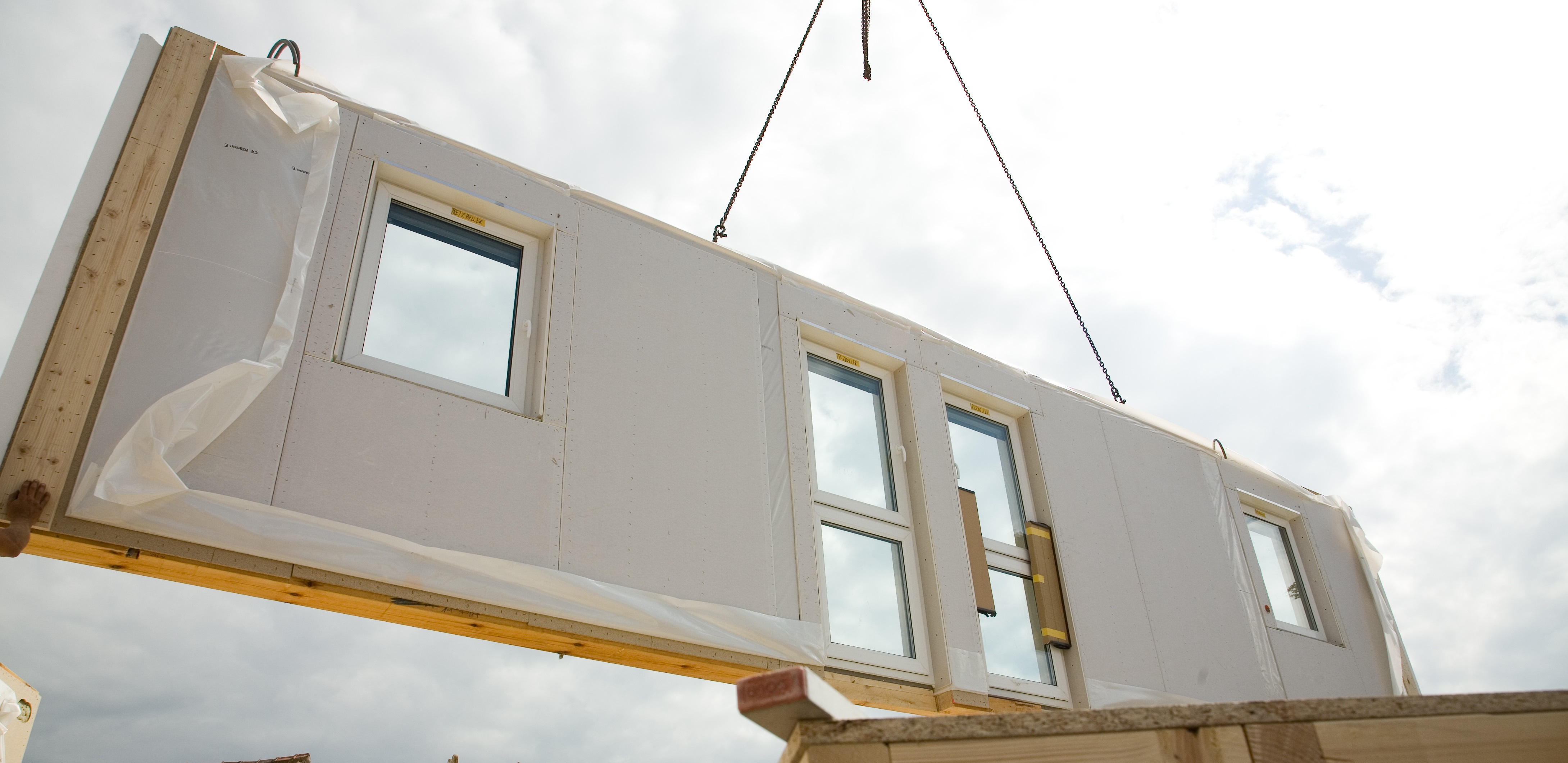September 27, 2017

Offsite & Modular Building Trends:
Offsite & Modular buildings, also known as pre-fab construction, has been common in the industry for many years, yet the trend seems to be continuing to grow throughout 2017. More and more companies are opting for pre-fab structures for their buildings instead of building solid, brick-and-mortar buildings with foundations rooted into the ground.
The real question still remains: Why are these offsite or modular, pre-fabbed structures becoming more common than ever before in 2017?
The main reason for the increase in modular building trend is really growing in 2017. It is rather a complex array of reasons that this trend is catching on in construction as we move forward through our current year. However, there is one big reason that is making more and more
However, there is one big reason that is making more and more companies turn to pre-fab construction as an option for their buildings and that is a lack of a labor force.
Lack of A Labor Force:
Construction levels have risen to heights that have not been seen since before the economic crash that occurred in 2008. As construction demand skyrockets to 2007-level highs, this means that more and more companies are needing new buildings built. The problem with that though is that there are currently at least 100,000 fewer skilled construction workers on the job today than there were in 2007.
Many companies are finding it too difficult to go out and contract workers out to do each specific job that they need to be done to get their building built. For example, it's too hard to go out and find framers, roofers, plumbers, electricians, etc. to build an entire building. Therefore, companies are finding it easier to simply contract out one or two independent contractors that build pre-fab facilities to meet their ever-growing construction needs. They receive the finished building faster and can keep up with the pace at which their business is growing in a better manner than waiting for actual buildings to be constructed from a brick-and-mortar foundation.
Less Labor Required:
As construction laborers are in shorter supply, yet in higher demand, the pre-fab construction industry is a great solution to the problem. It takes about 40-60% fewer workers to build a pre-fab structure over a traditional structure that is complete with a foundation and four brick-and-mortar walls. There are fewer construction workers and when they can build more structures with less help this means the pre-fab industry is better able to meet the increasing demands of the construction than standard brick-and-mortar structures are able to meet these same demands.
Partnerships are Forming:
Many builders are seeing the trend of pre-fabricated structures increasing and are beginning to partner with pre-fab companies to offer new options for their customers. These cross-over collaborations are helping both pre-fab and brick-and-mortar companies adjust to the change in demand for more pre-fab structures and the shortage of workers that are present in the US today. Both companies are benefiting from the increased business while being able to fulfill the demands of customers. It's a virtual "win-win" situation with both pre-fab and traditional building companies benefiting from more profit. At the same time, this also being able to produce the structures that clients need as their business booms continue to grow with our recovering economy. These partnerships are likely to continue well beyond 2017 as the economy continues to recover and the building industry demands grow, yet there seem to be only a few new skilled construction laborers who are joining the workforce. This issue will continue to necessitate the bond between traditional builders and the pre-fab construction companies to continue as we wind down 2017 as well as continue into the new future of construction in the coming years. This will be especially true if the economy continues to recover and the demand for new construction continues to boom.